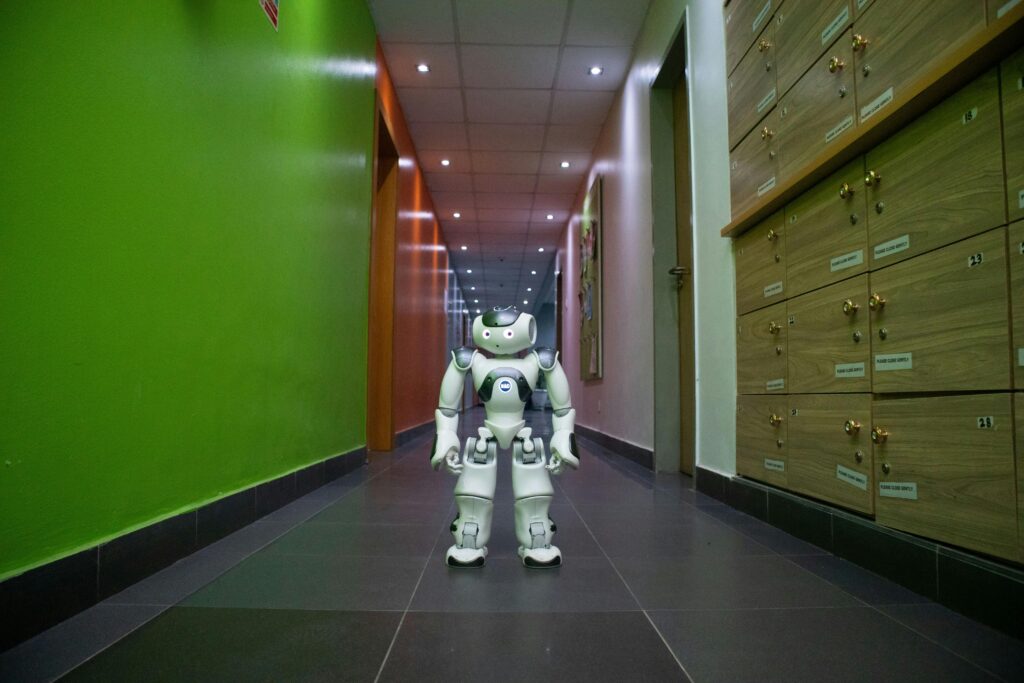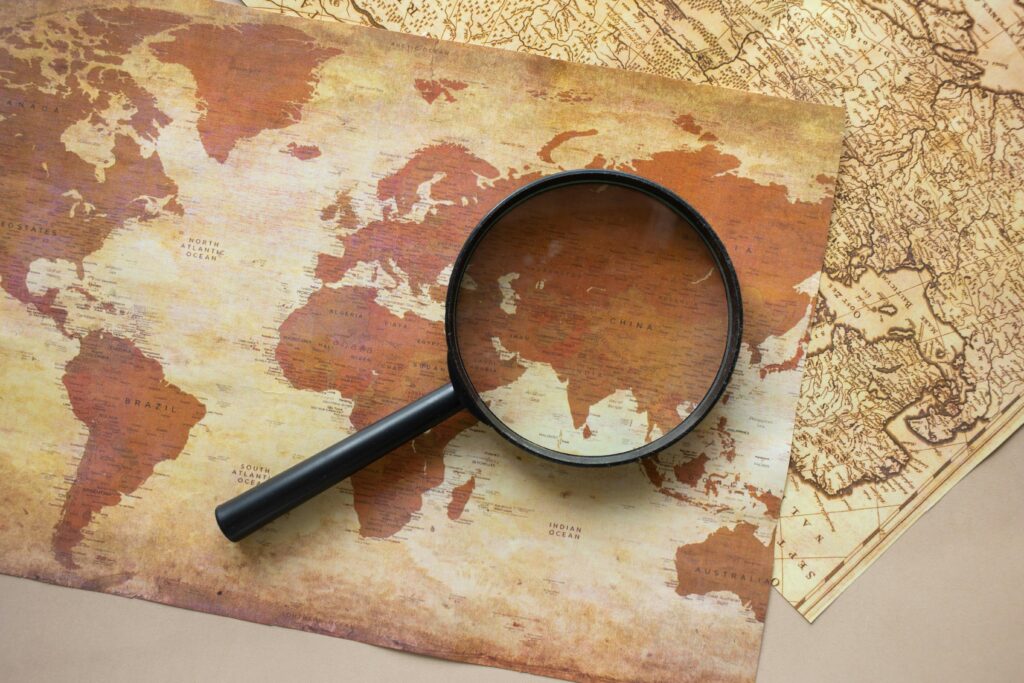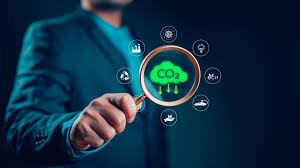The Circular Economy: How Businesses Are Turning Waste into $4.5 Trillion Opportunities

Executive Summary
The World Economic Forum projects that circular economy strategies will unlock $4.5 trillion in global economic value by 2030. This transformative model—replacing “take-make-waste” with regenerative systems—is already reshaping industries from fashion to manufacturing. Our in-depth analysis reveals:
7 business models driving circular profits
How 78% of Fortune 500 companies now implement circular strategies
12 breakthrough technologies scaling waste-to-value solutions
Regional blueprints: EU vs. Asia vs. Americas adoption rates
Investor’s toolkit: Spotting truly circular companies
1. The $4.5T Breakdown: Sector-by-Sector Opportunities

📊 Market Value Projections (Accenture Circular Advantage Report)
| Sector | 2030 Valuation | Growth Driver |
| Fashion & Textiles | $560B | Rental/resale tech |
| Electronics | $490B | Urban mining |
| Food & Agriculture | $2.1T | Upcycled ingredients |
| Construction | $1.2T | Modular buildings |
| Plastics | $120B | Chemical recycling |
Case Study: Interface Carpets generates $200M/year from recycled fishing nets.
2. The Circular Playbook: 7 Business Models Winning Today

🔄 Core Strategies
Product-as-a-Service (Philips’ “Lighting as a Service”)
Resource Recovery (Apple’s robot-disassembled iPhones)
Shared Platforms (Loop’s reusable packaging ecosystem)
Product Life Extension (Patagonia’s Worn Wear program)
Circular Supplies (Adidas’ ocean plastic sneakers)
Digital Twins (Siemens’ asset tracking)
Industrial Symbiosis (Kalundborg Eco-Industrial Park)
ROI Data: PwC finds circular models deliver 13% higher margins than linear equivalents.
3. Technology Enablers: From AI to Advanced Recycling

🧠 Digital Revolution
Blockchain: Circulor’s conflict-mineral tracking
AI Sorting: AMP Robotics’ 99% accurate waste classification
Digital Product Passports: EV batteries’ second-life tracking
🔬 Physical Innovations
| Technology | Impact | Example |
| Enzymatic Recycling | Breaks down polyester at scale | Carbios |
| Mycelium Materials | Grows packaging in 9 days | Ecovative |
| CO₂ Conversion | Turns emissions into fuels | LanzaTech |
4. Global Policy Landscape

🌍 Regional Approaches
| Region | Key Policy | Business Impact |
| EU | Circular Economy Action Plan | 700,000 new jobs by 2030 |
| China | Mandatory EPR laws | $30B recycling market |
| USA | Inflation Reduction Act tax credits | 15% boost to circular startups |
Compliance Alert: New EU Digital Product Passport requirements take effect 2026.
5. Implementation Roadmap

📌 12-Month Transformation Plan
Phase 1: Audit
Map material flows (Ellen MacArthur Foundation’s Circulytics tool)
Identify 3 “quick win” waste streams
Phase 2: Pilot
Partner with reverse logistics providers (Reverse Logistics Group)
Test one circular model (e.g., refurbishment program)
Phase 3: Scale
Implement IoT tracking for assets
Negotiate circular procurement contracts
Cost/Benefit: Early adopters see 23% cost reduction within 18 months (McKinsey).
6. Investor’s Lens: Separating Hype from Reality

💎 Due Diligence Checklist
True circularity (>30% recycled inputs or revenue from circular models)
Closed-loop verification (TÜV Rheinland certification)
Supply chain transparency (Blockchain/Satellite monitoring)
Red Flag: Companies claiming circularity while increasing virgin material use.
Conclusion: The End of Waste
The circular economy represents history’s largest wealth-creation opportunity tied to environmental regeneration. Companies mastering this shift will:
→ Unlock $4.5T in value
→ Future-proof against resource scarcity
→ Win the talent war (75% of millennials prefer circular employers)

Sem comentários